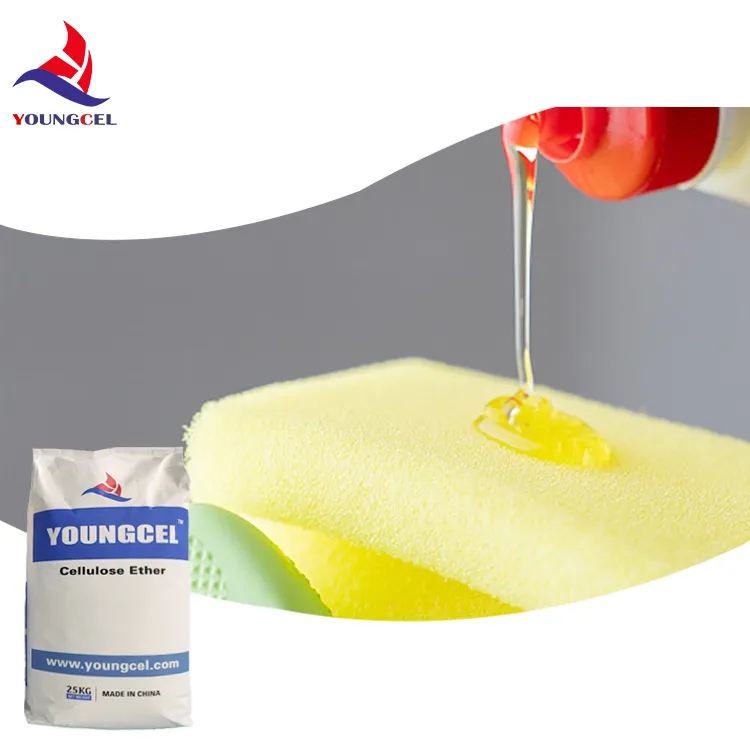The Promise of Cellulose-Based Materials
Cellulose, a complex carbohydrate, is the most abundant organic polymer on Earth, primarily found in the cell walls of plants. As society becomes increasingly aware of environmental issues and the importance of sustainability, cellulose-based materials are emerging as promising alternatives to conventional materials derived from petrochemicals. This article explores the significance of cellulose, its properties, and its potential applications in various industries.
What is Cellulose?
Cellulose is a linear polysaccharide composed of glucose units linked by β-1,4-glycosidic bonds. This structural configuration gives cellulose its remarkable rigidity and strength, making it a vital component in the structural integrity of plants. Unlike starch, which is also made of glucose but serves as an energy reserve, cellulose is not digestible by humans and serves primarily as dietary fiber. It is, however, highly valuable in industrial applications due to its unique characteristics.
Environmental Benefits
The environmental impacts of plastic waste and non-biodegradable materials have prompted researchers and manufacturers to seek sustainable alternatives. One of the key benefits of cellulose is its renewable nature. As it is derived from plant fibers, cellulose can be produced sustainably through responsible agricultural practices. Additionally, cellulose-based materials are biodegradable, breaking down naturally over time and minimizing environmental pollution. This makes cellulose an attractive option for packaging, textiles, and various other applications.
Properties of Cellulose Materials
Cellulose exhibits several properties that make it highly suitable for a range of applications. It is both lightweight and strong, providing excellent tensile strength while maintaining a low density. Cellulose materials are also highly absorbent, making them ideal for use in wipes, diapers, and other hygiene products. Furthermore, cellulose has good chemical resistance, which allows it to maintain its integrity in various environments.
cellulose material

Another noteworthy property is its versatility. Cellulose can be modified chemically or physically to produce a range of derivatives, such as cellulose acetate, cellulose ethers, and microcrystalline cellulose, each with distinct properties and uses. This adaptability opens up possibilities for innovation in product design and functionality.
Applications Across Industries
The applications of cellulose-based materials are vast and varied. In the packaging industry, cellulose films and containers are being developed as eco-friendly alternatives to plastic. These materials not only reduce plastic waste but also offer good barrier properties and printability, making them suitable for food packaging.
In the textile industry, cellulose fibers, such as lyocell and modal, are gaining popularity due to their sustainability and comfort. These fibers are derived from wood pulp and are processed in a closed-loop system, minimizing water and chemical waste during production.
Moreover, cellulose nanomaterials, which are tiny particles derived from cellulose, have shown promise in the fields of nanotechnology and medicine. These materials possess unique properties that can be harnessed for drug delivery systems, wound dressings, and even as reinforcing agents in composite materials.
Conclusion
As the world grapples with the consequences of pollution and climate change, cellulose-based materials stand out as a beacon of hope. They embody the principles of sustainability, offering a renewable and biodegradable alternative to traditional materials. With ongoing research and technological advancements, the potential of cellulose in various industries will likely continue to expand, paving the way for a more sustainable future. Embracing cellulose materials not only signifies a step toward environmental responsibility but also fosters innovation in material science, ultimately enriching our lives with eco-friendly solutions.




